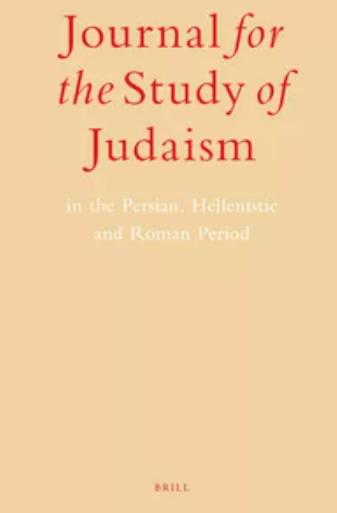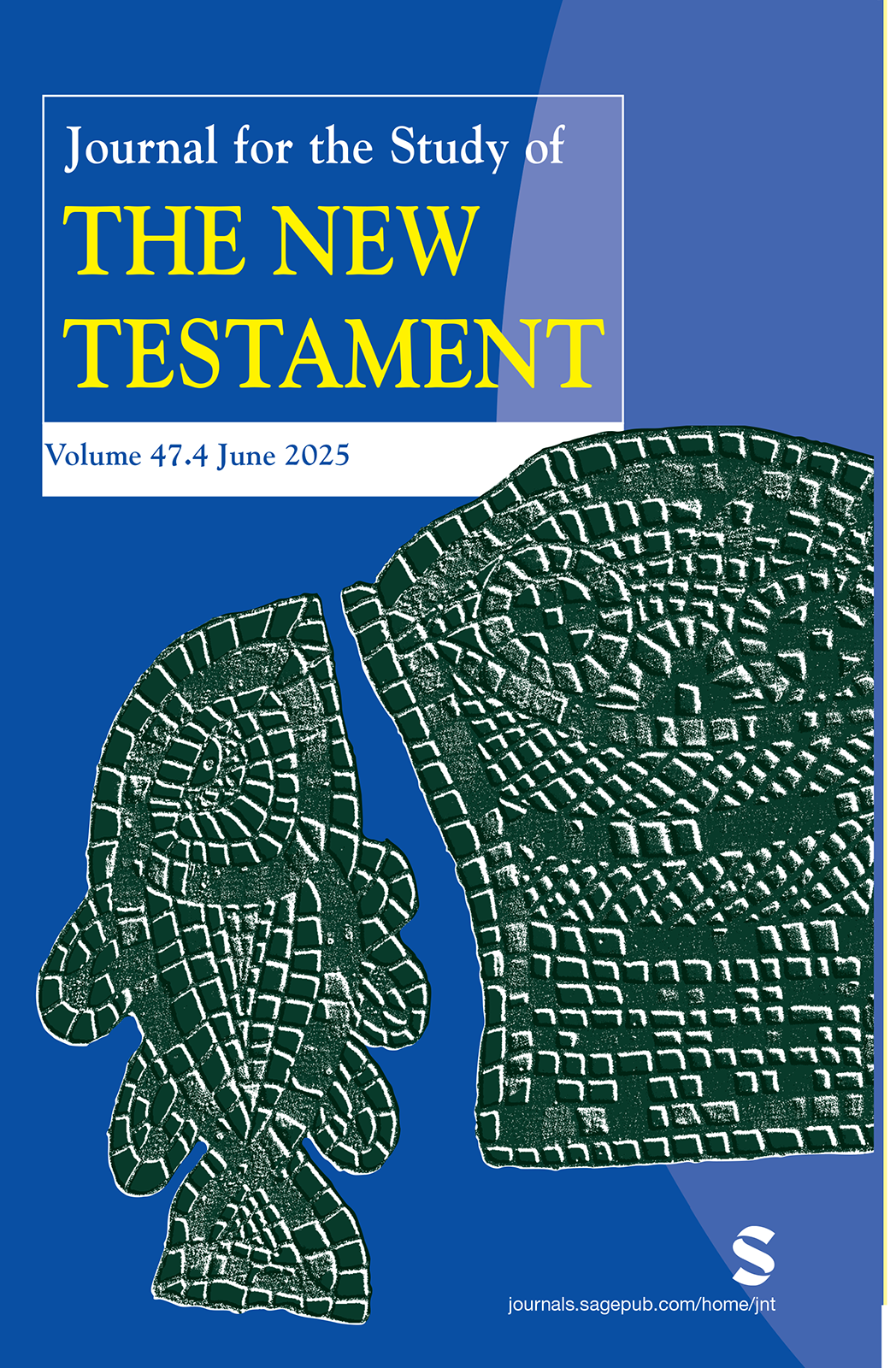게자 버르메시(Geza Vermes)가 거의 40년 전 특정 종류의 고대 문헌을 ‘재기록 성경(Rewritten Bible)’으로 규정한 이래로, 이 주제는 지속적인 논쟁과 학문적 관심을 불러일으켰다. 그러나 가장 최근에는 무엇이 재기록 성경인지 그 자격을 규정하고 분류하는 방법에 논의의 초점이 맞춰져 왔다. 이러한 문헌들의 기준과 분류는 여전히 심도 있는 논쟁의 대상이며 미해결 상태로 남아 있다.본 논문은 재기록 성경의 개념을 하나의 문학적 전략으로 이해하는 방식을 제안한다. 고대 문헌이 식별 가능한 외적 특징이나 문체적 요소를 가졌는지에 초점을 맞추는 대신, 저자가 자신의 저작에 권위를 부여하려는 목표와 밀접하게 관련된 범주로 이해하고자 한다. 포괄적 용어인 ‘재기록 성경’ 아래에 다음과 같이 네 가지 하위 범주를 제시하고 각각의 예를 덧붙인다. ‘재작성(rewrites) (예: 욥의 유언, '일차적 보충(primary supplements)' (예: 희년서), ‘이차적 보충(secondary supplements)’ (예: 창세기 외경), ‘새로운 판본(new editions)’ (예: 70인역 에스더).
Ever since Geza Vermes first proposed the identification of certain kinds of ancient literature as “Rewritten Bible” nearly forty years ago, the topic has spawned continued debate and intrigue. Most recently though, the discussion has centered on how to qualify and categorize what is Rewritten Scripture. The criteria and categorization of these texts has remained deeply contested and undecided. This article proposes a way in which to understand the concept of Rewritten Scripture as a literary strategy. Instead of focusing on whether an ancient work has discernible external features or stylistic elements, the article seeks to understand it as a category that is intimately related to the authors’ goal to give their work authority. Four subcategories of the umbrella term “Rewritten Scripture” are proposed with accompanying examples: “rewrites” (e.g., Testament of Job), “primary supplements” (e.g., Jubilees), “secondary supplements” (e.g., Genesis Apocryphon), and “new editions” (e.g., LXX Esther).






